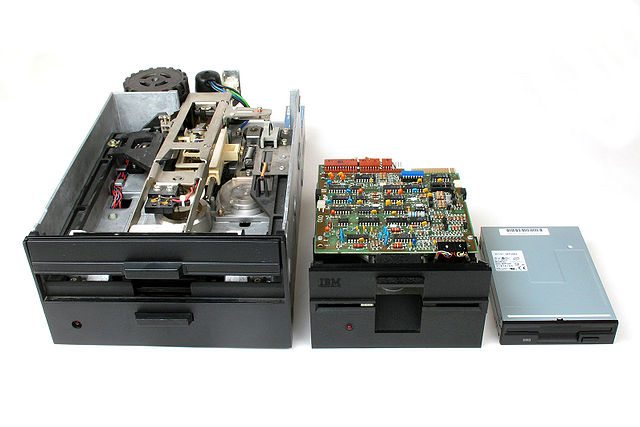Obsolescence is the process of becoming antiquated, out of date, old-fashioned, no longer in general use, or no longer useful, or the condition of being in such a state. When used in a biological sense, it means imperfect or rudimentary when compared with the corresponding part of other organisms. The international standard IEC 62402:2019 Obsolescence Management defines obsolescence as the "transition from available to unavailable from the manufacturer in accordance with the original specification".
Jimi Hendrix's bell-bottoms
Ending the Depression Through Planned Obsolescence by Bernard London, 1932
Digital obsolescence is the risk of data loss because of inabilities to access digital assets, due to the hardware or software required for information retrieval being repeatedly replaced by newer devices and systems, resulting in increasingly incompatible formats. While the threat of an eventual "digital dark age" was initially met with little concern until the 1990s, modern digital preservation efforts in the information and archival fields have implemented protocols and strategies such as data migration and technical audits, while the salvage and emulation of antiquated hardware and software address digital obsolescence to limit the potential damage to long-term information access.
A BBC Domesday Project machine with its modified LaserDisc reader. Published in 1986, the BBC Domesday Project became the subject of intense preservation efforts beginning in 2002.
Video LaserDisc showing signs of disc rot in the form of a dark ring. Many early discs were poorly manufactured, allowing oxidation to occur between layers: affected areas would become unreadable by hardware.
The video game Spacewar! developed in 1962 for the PDP-1 minicomputer.
Image: Floppy Disk Drives 8 5 3






